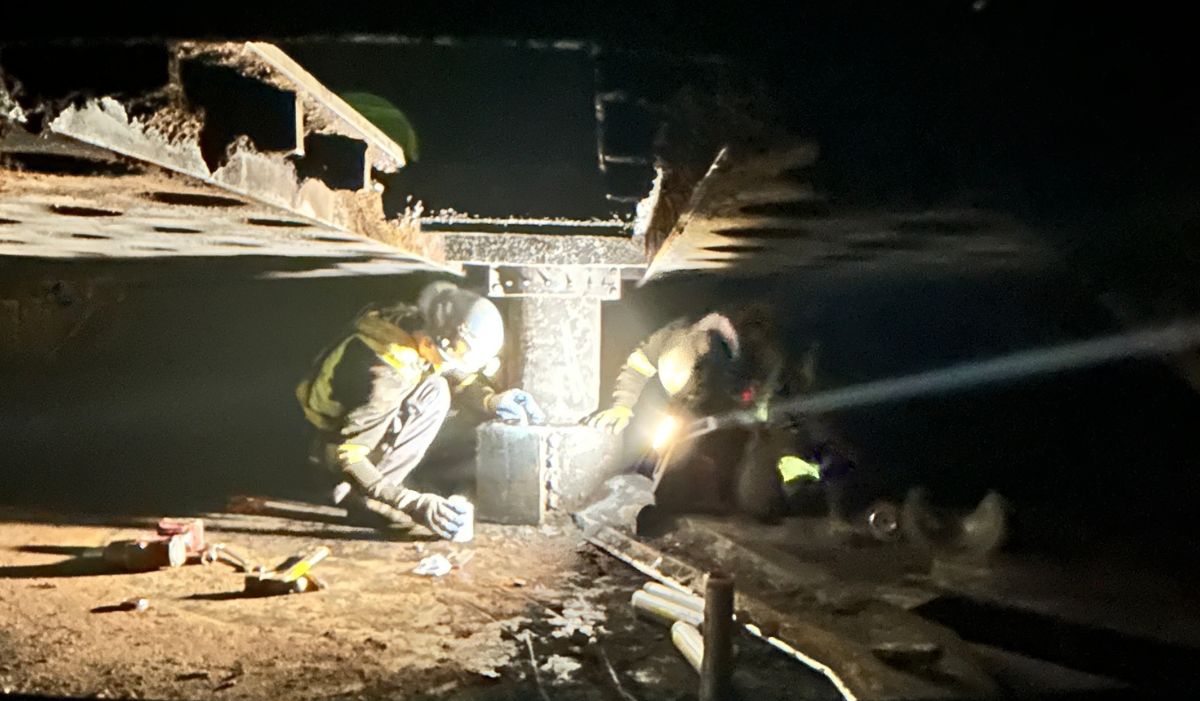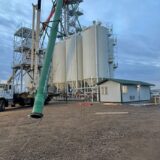Construction Site Safety: How Stretching Can Prevent Injuries and Improve Performance
Construction site safety goes beyond hard hats and steel-toe boots. Stretching is a simple yet powerful way to prevent injuries, reduce muscle strain, and improve performance on-site. A few minutes of daily stretching can protect workers from common injuries like back pain, knee strain, and wrist fatigue.. Incorporating a regimen of stretching can significantly reduce the risk of workplace injuries and enhance overall job performance. From ensuring flexibility to preventing strain, learning how to properly stretch can be the key to maintaining a safe and productive work environment.
Understanding the Physical Demands of Construction Work
Construction work requires heavy lifting, repetitive bending, prolonged standing, and constant tool handling. These actions put workers at risk for:
- Lower Back Pain – Strain from lifting and bending over long periods.
- Neck & Shoulder Stiffness – Caused by overhead tasks and awkward postures.
- Knee & Joint Stress – Resulting from standing, climbing ladders, and crouching.
- Wrist & Hand Fatigue – Due to repetitive tool use and gripping.
Over time, these physical demands lead to discomfort, injuries, and even lost workdays. Implementing a structured stretching routine can help prevent these common issues by improving flexibility and reducing muscular tension.
The Science Behind Stretching and Injury Prevention
Stretching increases blood flow to muscles and enhances flexibility, reducing the chances of strains and sprains. By elongating muscle fibers, stretching prepares the body for physical activity and facilitates recovery, minimizing the occurrence of injuries. This preventive measure is grounded in scientific observations; stretching improves joint range of motion, thereby mitigating the risk of muscle fatigue that often culminates in workplace injuries.
Scientific literature supports the efficacy of stretching. Studies indicate that dynamic stretching, in particular, significantly enhances muscular performance and flexibility. This is crucial in construction work, where the range of motion is a daily necessity. For construction workers, a regular stretching regimen can be instrumental in maintaining both productivity and safety on the job site.
Effective Stretching Techniques for Construction Workers
Incorporating stretches such as arm circles, hamstring stretches, and torso rotations into the daily routine can prepare workers for the demanding tasks ahead. Arm circles help to loosen joints and improve shoulder flexibility, while hamstring stretches target the back of the legs, supporting the lower back. Torso rotations can alleviate shoulder and back tension accumulated from repetitive lifting and bending.
To maximize effectiveness, workers should follow a step-by-step guide when performing each stretch. Pay attention to posture and breathing, two critical factors that influence the quality of a stretch and help prevent overextension or further strain. By dedicating proper time and technique to these exercises, workers not only prime their bodies for action but also cultivate a habit of caution and care in everything they do.
In addition to these, stretches such as the wrist and forearm stretch are imperative. These regions are often neglected as they do not show immediate signs of strain until it evolves into more serious conditions like carpal tunnel syndrome. Simple moves, like interlocking the fingers and gently pushing them outward, can relieve stress accrued from repetitive tool usage. Recognizing the specific needs of construction work, choosing the right stretches becomes an investment in both immediate performance and long-term health.
Timing Your Stretches for Maximum Benefit
Stretching should be done before starting work to warm up muscles and at the end of a workday to aid in recovery. A few minutes dedicated to stretching can vastly improve muscle condition and readiness. Pre-shift stretches act as warm-ups, preparing the body for enhanced workload handling by increasing circulation and muscle elasticity. Post-shift stretches counteract fatigue and soreness, clearing out lactic acid build-up and helping in muscular recovery.
Mid-shift stretching breaks are often overlooked yet play a vital role in relieving acute tension and maintaining alertness through long hours. These short sessions can rejuvenate energy levels and reset focus, preventing strains and sprains that result from fatigue-induced errors. Establishing a structured stretching timetable aligned with daily tasks can enhance the physical and mental resilience of construction workers.
Creating a Culture of Safety Through Stretching
Encouraging a team-wide commitment to stretching can foster an environment of safety and care. Implementing regular stretch breaks as part of the work schedule can enhance team cohesion and reduce downtime due to injuries. Such initiatives demonstrate company-wide commitment to health and safety, thus promoting a more positive and proactive workplace culture.
Team leaders can play a pivotal role in this cultural shift by involving workers in developing and customizing stretching routines. Engagement and collective ownership of these safety practices not only secure individual benefits but also inspire a community approach to workplace well-being. As stretching becomes ingrained into the organizational fabric, it transcends routine, becoming synonymous with the ethos of safety and prevention.
Assessing and Adapting Your Stretching Program
Not all stretches are one-size-fits-all. Regular assessments should be conducted to adapt stretching routines that cater to specific tasks and address individual worker needs. This ensures effectiveness and maximizes benefits. Tailoring stretching practices according to job-specific requirements heightens their relevance and efficacy, effectively bridging the gap between theoretical knowledge and practical application.
Furthermore, iterative feedback mechanisms can be instrumental in fine-tuning these programs. By actively soliciting worker opinions and experiences with stretches, companies can evolve their safety policies to better serve their teams. Leveraging technology to track progress and effectiveness can also pinpoint areas for improvement, thus sustaining a thriving culture of continuous safety enhancement.
At Credence Group, worker safety is a top priority. Looking for an industrial construction team that values well-being? Contact us today!



